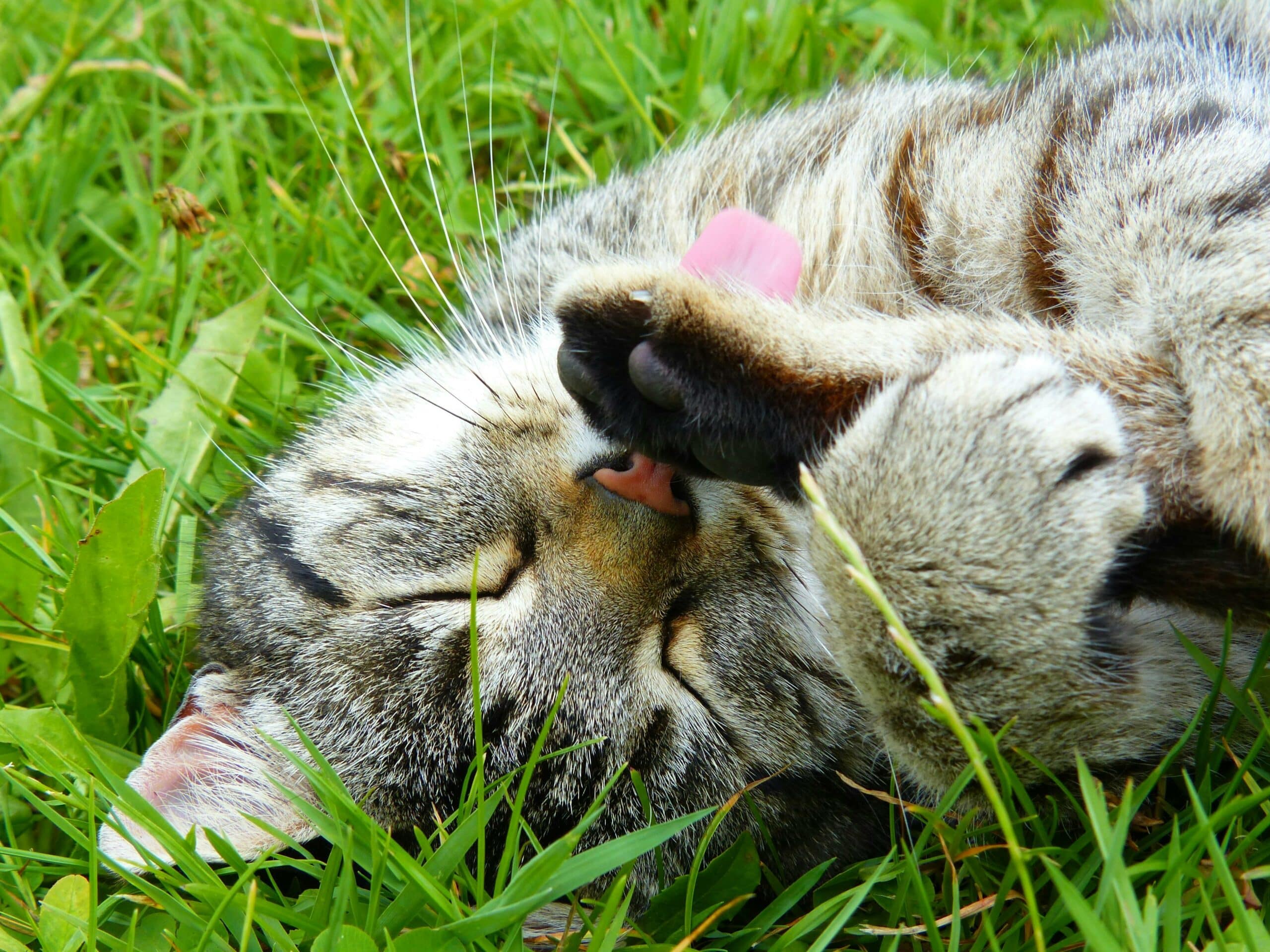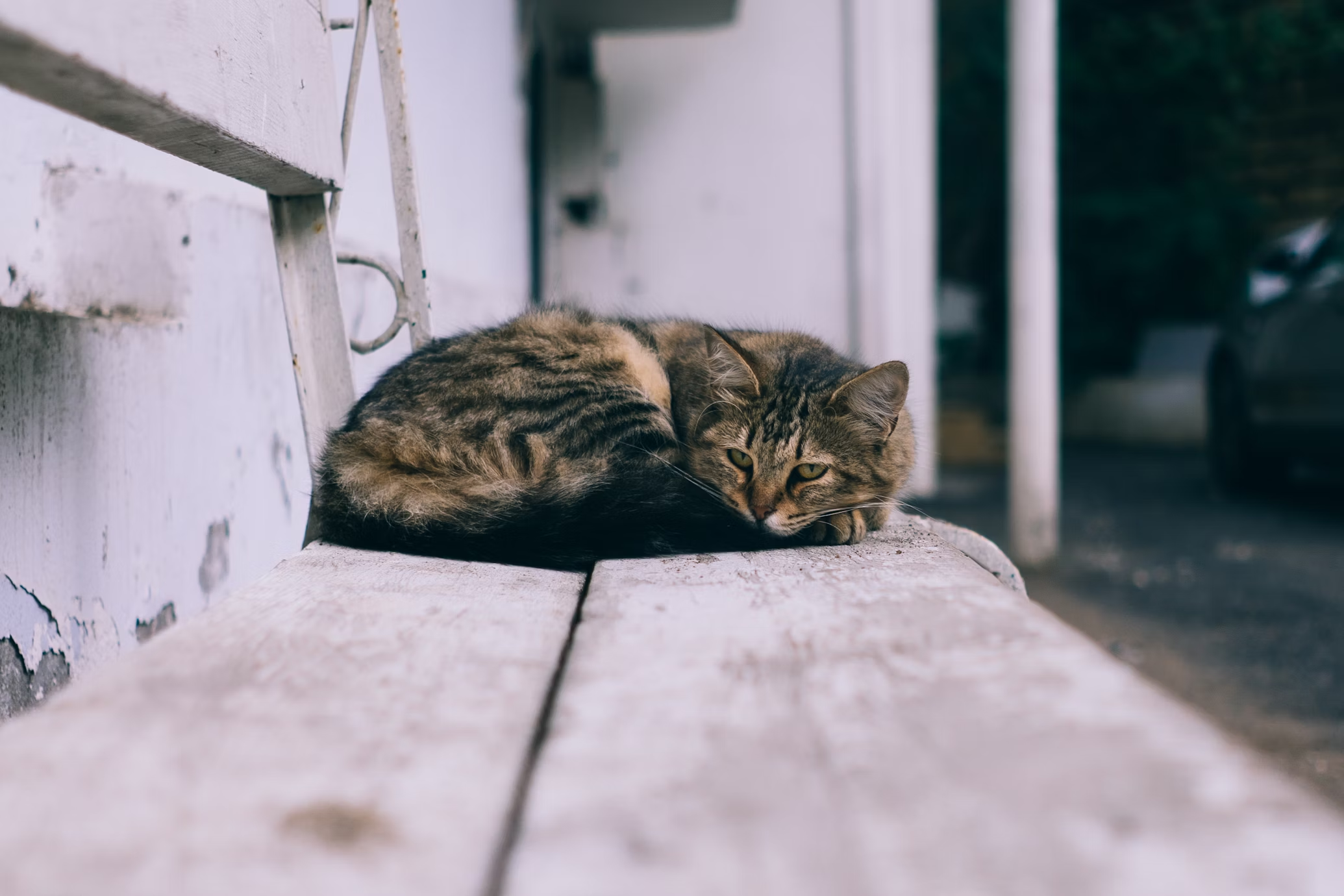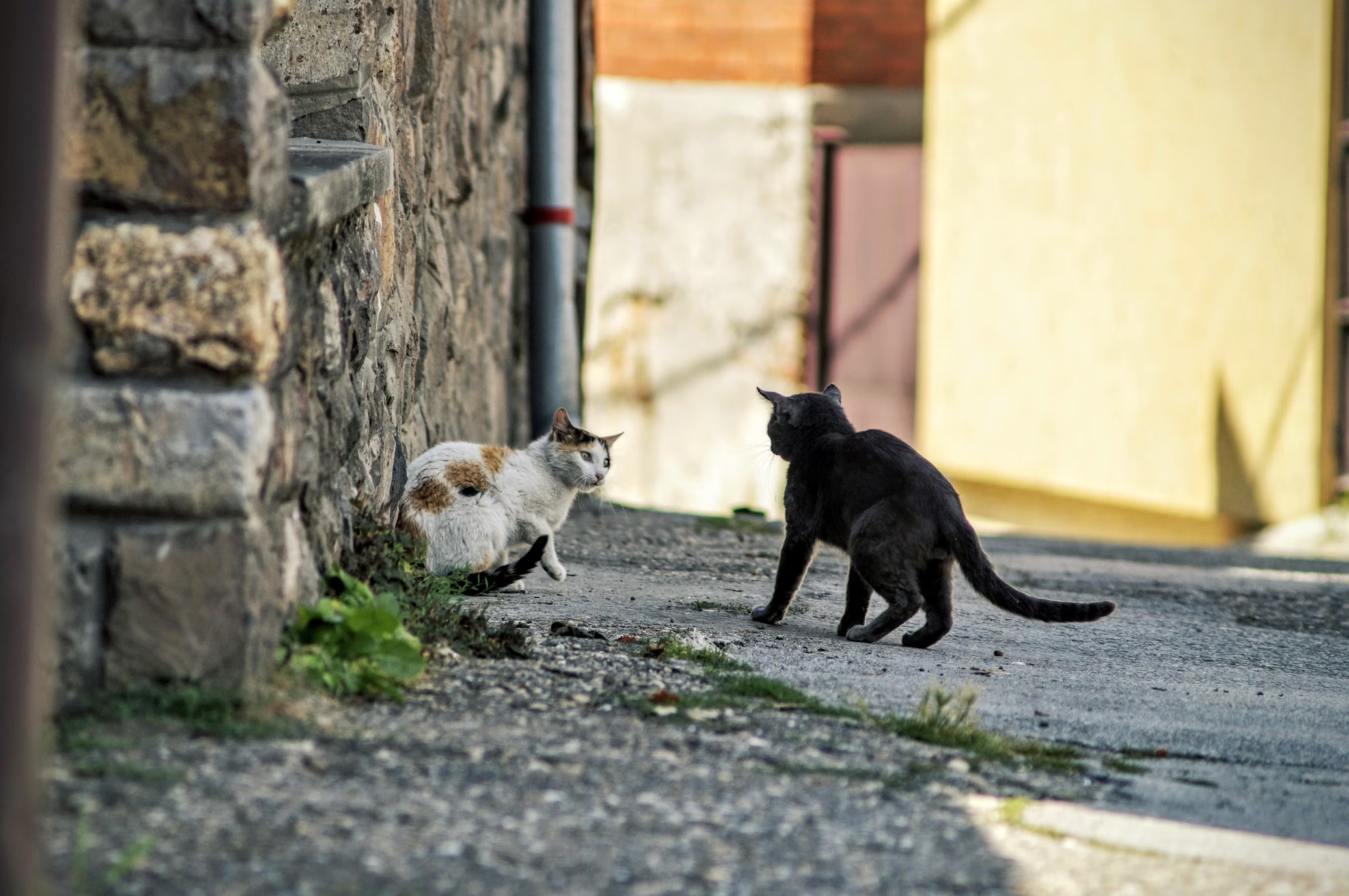
Finding the best cat diets for your feline companion can seem overwhelming, but choosing the right food impacts their health and longevity. As obligate carnivores, cats need animal-based proteins and specific nutrients not found in plant-based diets. This guide explores the best cat diets, covering both top-quality commercial options and tips on creating a balanced homemade diet for your cat.
What Makes the Best Cat Diets?
Cats require a complete and balanced diet rich in animal proteins and essential nutrients, including taurine, arginine, and fatty acids. Inadequate diets can lead to severe health issues; for example, taurine deficiency is linked to heart disease and retinal degeneration in cats. The best cat diets are scientifically formulated commercial foods that meet standards from the Association of American Feed Control Officials (AAFCO) or carefully crafted homemade diets with veterinary guidance.
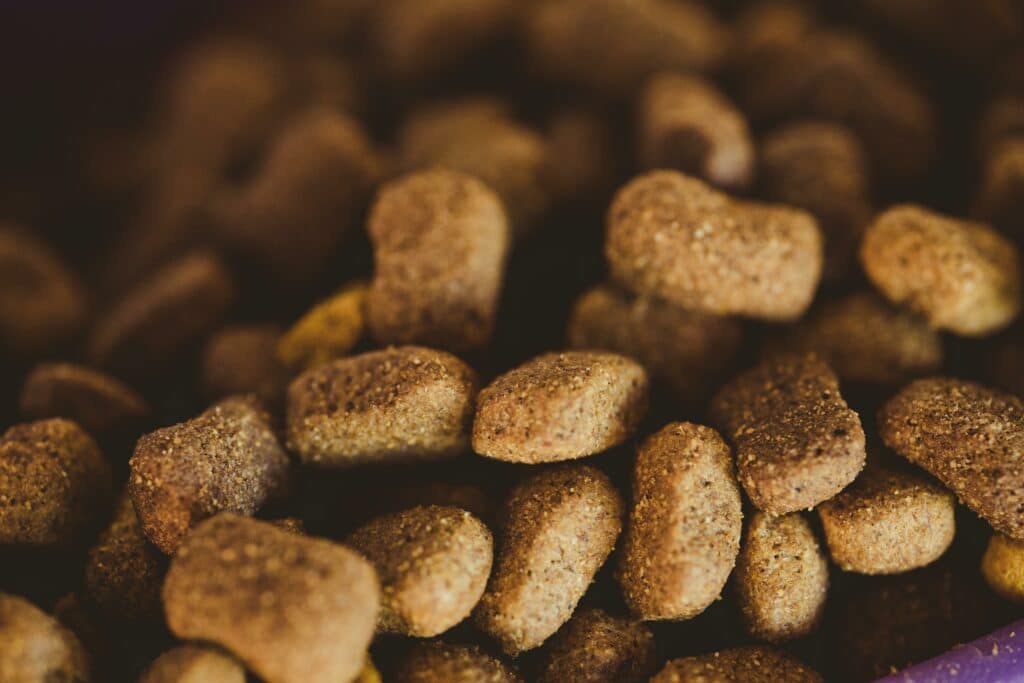
Best Commercial Cat Diets for Balanced Nutrition
High-quality commercial diets simplify nutrition by delivering balanced meals with minimal effort. Here are three brands known for their commitment to creating the best cat diets with premium ingredients and rigorous quality control:
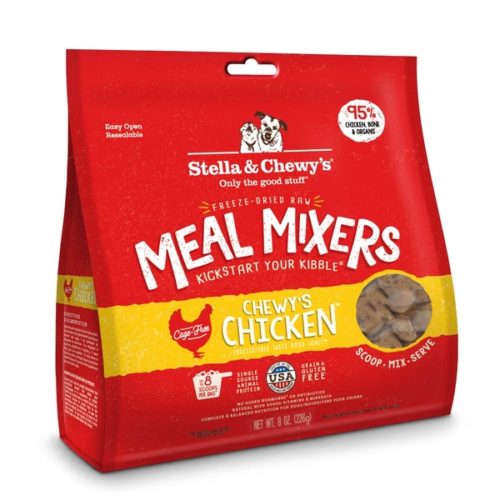
1. Stella & Chewy’s
Stella & Chewy’s provides freeze-dried and raw food options, focusing on high-protein, minimally processed meals that align with a cat’s natural diet. Freeze-Dried Raw Dinner Morsels and Raw Coated Kibble by Stella & Chewy’s contain muscle and organ meats, offering a complete amino acid profile with essential nutrients like taurine. This brand’s grain-free recipes and added probiotics support healthy digestion, making it one of the best cat diets for cats with food sensitivities or dietary restrictions.
2. Ziwi Peak
Ziwi Peak offers air-dried and wet foods with high levels of animal protein and minimal carbohydrates, mirroring a natural feline diet. Their air-dried process preserves nutrients without artificial additives, giving it a unique advantage. Ziwi Peak’s New Zealand-sourced ingredients, including meat, organs, and seafood, make it a top choice for cat owners seeking the best cat diets that are also convenient and highly nutritious.
3. Wellness CORE
Wellness CORE is a high-protein, grain-free line that uses whole meats and nutrient-dense ingredients to support energy and muscle health. Their wet and dry options address specific needs, like weight management or digestive health, while providing a balanced diet ideal for active cats. Its commitment to quality and balanced nutrition makes Wellness CORE one of the best cat diets for well-rounded health.
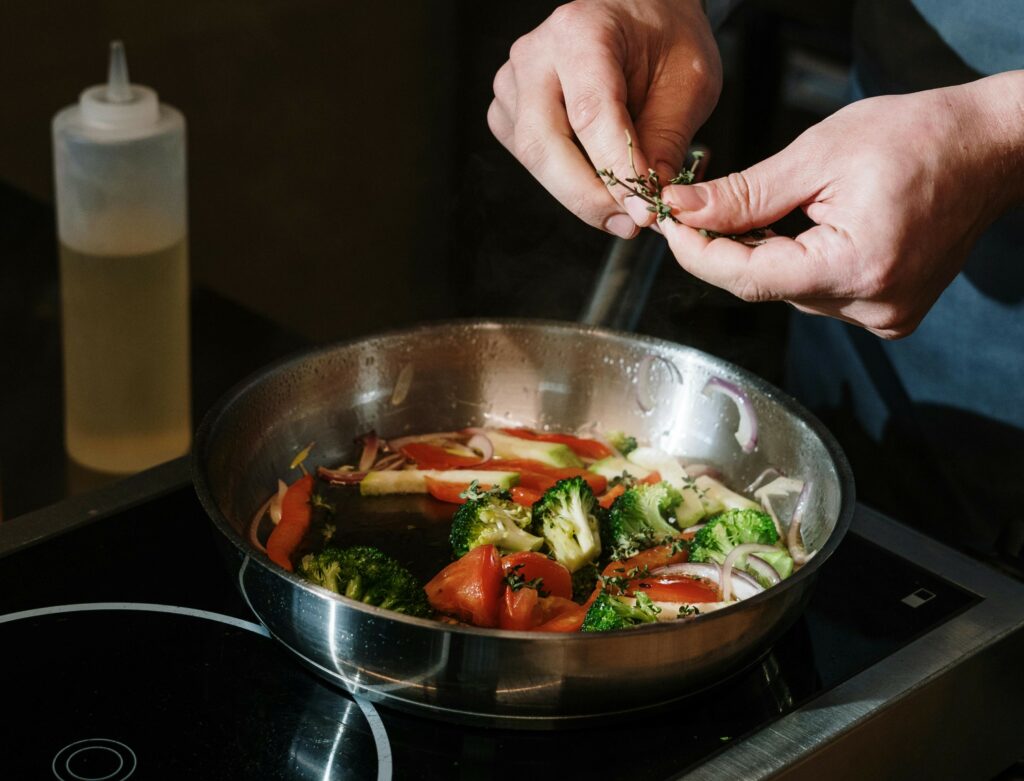
Homemade Cat Diets: Benefits and Considerations
Homemade diets allow for complete control over ingredients but require meticulous planning to meet a cat’s nutritional needs.
Benefits of Homemade Cat Diets:
- Customization: Homemade diets can be tailored for cats with allergies, digestive sensitivities, or unique health conditions. This customization is beneficial when commercial diets do not meet a cat’s specific needs.
- Palatability: Fresh ingredients often increase the palatability of homemade diets, which is especially helpful for picky eaters or cats with reduced appetites.
Challenges of Homemade Cat Diets:
- Risk of Nutritional Imbalance: Studies indicate that over 90% of homemade cat diets fail to meet AAFCO standards. They often lack essential nutrients like taurine, calcium, and vitamin D. This can lead to serious health issues if not addressed properly.
- Time and Cost: Preparing nutritionally complete homemade cat diets can be both time-consuming and expensive, especially if they include rare ingredients like venison or salmon.
- Pathogen Risks: Homemade diets that incorporate raw ingredients can harbor pathogens like Salmonella, posing risks to both cats and humans handling the food.

Essential Supplements and Ingredients for Homemade Cat Diets
For pet owners opting to make their cat’s food, adding supplements ensures a complete and balanced diet.
- Animal Protein: Cats need high-quality animal proteins, such as chicken, turkey, and organ meats like liver, to meet their amino acid needs.
- Calcium: Calcium sources, such as ground eggshells or bone meal, balance phosphorus levels, as cats need a specific calcium-to-phosphorus ratio for healthy bones.
- Taurine: This amino acid is crucial for heart and eye health. Even with taurine-rich meats like heart, supplementation may still be necessary.
- Omega-3 Fatty Acids: Adding fish oil provides EPA and DHA, which support skin, coat, and anti-inflammatory responses.
- Vitamin B Complex: Cats require B vitamins for energy metabolism. A supplement is beneficial if whole food sources are insufficient.
- Fiber: Small amounts of fiber from pumpkin or psyllium husk support digestion and help maintain a healthy gut microbiome.
Veterinary guidance is recommended for accurate proportions, ensuring your homemade diet provides all essential nutrients.
Why Stella & Chewy’s, Ziwi Peak, and Wellness CORE Stand Out Among the Best Cat Diets
For high-quality commercial cat food, Stella & Chewy’s, Ziwi Peak, and Wellness CORE are trusted brands, each offering a unique approach to balanced feline nutrition:
Stella & Chewy’s: Stella & Chewy’s Freeze-Dried Raw Dinner Morsels and Raw Coated Kibble deliver high-protein, minimally processed nutrition. These foods are balanced and complete, offering raw diet benefits without raw meat handling.
Ziwi Peak: Ziwi Peak’s air-dried and wet food options feature high-quality animal proteins and organ meats from New Zealand, with minimal carbohydrates. The air-drying process retains nutrient density while ensuring food safety and convenience.
Wellness CORE: Known for its high-protein, grain-free formulas, Wellness CORE uses whole meats and supportive nutrients. They also offer options for specific needs like weight management. This variety and balanced formulation make it ideal for maintaining energy and muscle health.
These three brands offer the best cat diets for owners seeking convenient, high-quality, complete meals.
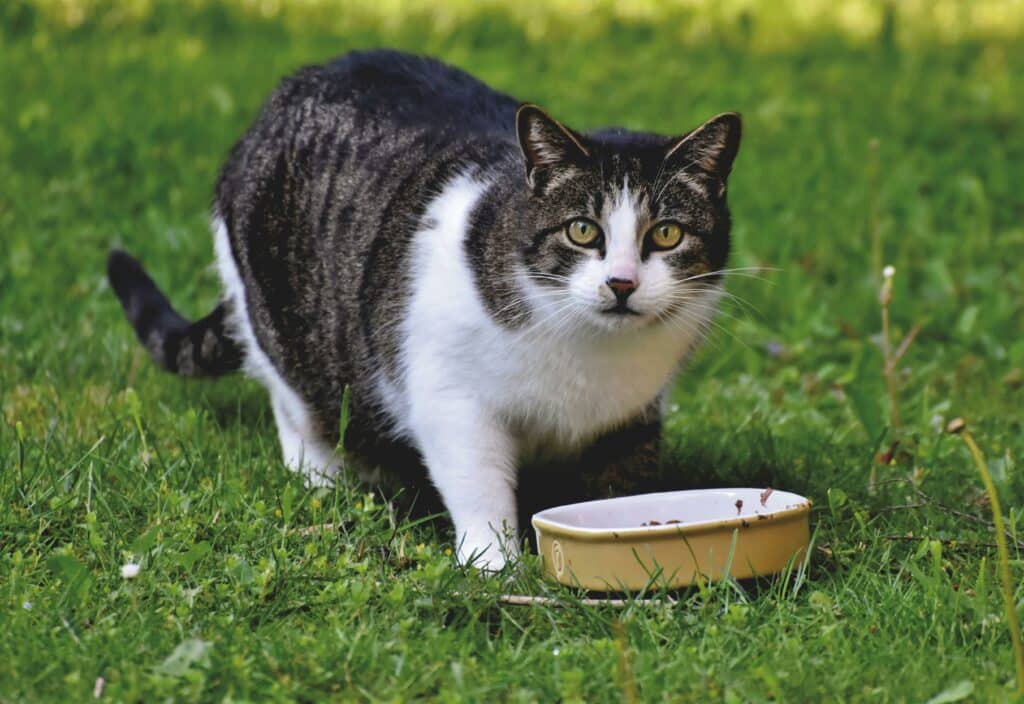
How to Choose the Best Cat Diet
Choosing the best cat diets involves considering your cat’s unique health needs, age, and lifestyle. Regular veterinary check-ups are essential to ensure any diet, whether commercial or homemade, meets your cat’s nutritional requirements.
Key Considerations:
- Nutritional Completeness: Ensure the diet meets AAFCO standards or consult a nutritionist for a homemade diet.
- Tailored Ingredients: Choose diets suited to specific health needs, like urinary tract health, weight management, or sensitivities.
- Regular Monitoring: Routine check-ups allow for early identification of any nutritional deficiencies or health changes.
Brands like Stella & Chewy’s, Ziwi Peak, and Wellness CORE simplify nutrition for pet owners and provide complete, balanced diets with high-quality ingredients and digestive support.
Conclusion: Prioritizing Balanced Nutrition for Your Cat’s Health
Choosing the right diet for your cat is essential for supporting their health, happiness, and longevity. Whether you opt for a trusted commercial brand or decide to craft a homemade diet, a well-balanced, nutrient-rich diet is key. Prioritizing a complete diet will help ensure a healthier, happier life for your feline friend.
References:
- Association of American Feed Control Officials (AAFCO)
- Journal of Feline Medicine and Surgery – Commercial vs Homemade Cat Diets: What you need to know

































